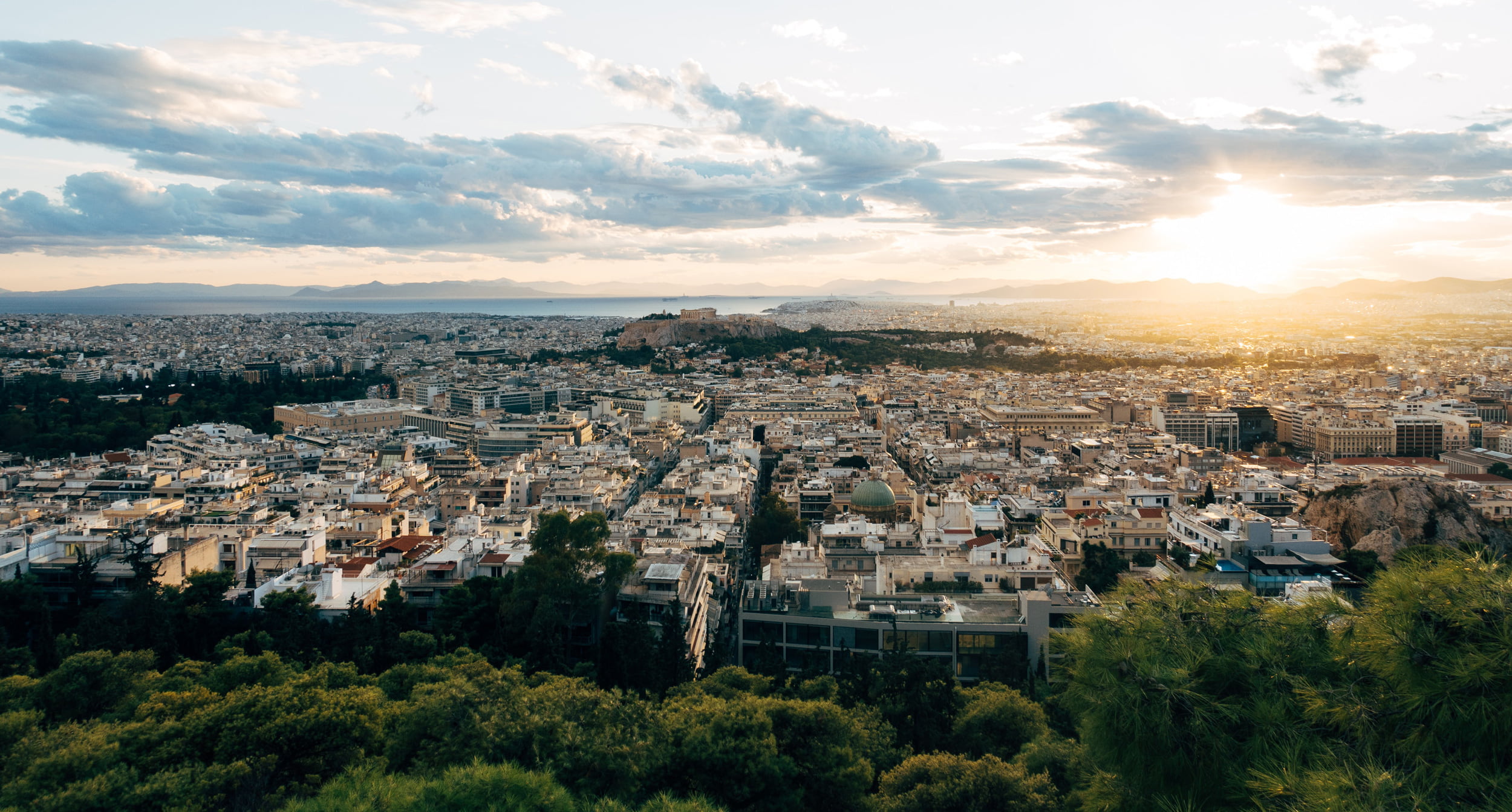

Urban Heritage Climate Observatory
Concept
Scope
The scope of UHCO is to reveal to the cultural heritage community the fast-paced growth of EO technology and information to help address climate change risks and impacts on World Heritage cities, and to co-design strategies for contributing to innovative conservation solutions for cultural heritage where needs exist. It will also support global efforts for the conservation of World Heritage properties through the use of EO data, products, and services in the framework of sustainable development, including the UN 2030 Agenda for Sustainable Development and the World Heritage Policy for Sustainable Development, while at the same time enhancing the presence of cultural heritage in local, regional, and national climate adaptation plans.
Need
Increasing exposure to both slow-onset climatic processes and extreme weather events is the most obvious threat to cultural and natural heritage properties. In the case of urban heritage, there is an additional critical need to integrate different aspects of the sustainable development agenda, including urban resilience and sustainable urbanization, with the protection of heritage values, especially in World Heritage Cities, considering the centrality of cultural heritage’s social, ecological, and economic dimensions for sustainable urban development. While Earth observations hold great potential to shield urban heritage from climate change risks, UHCO currently stands as the only activity in GEO that brings together those two communities, EO and cultural heritage.
Within the context of GEO Work Programme, the uniqueness of UHCO stems from the fact that it intersects all four engagement priorities, can serve as an excellent example of understanding the relevant nexus complexities, brings together (and closer to GEO) UN-level organizations (like UNESCO), urban stakeholders/planers, and networks (essential for the new Resilient Cities and Human Settlements Engagement Priority), and finally attempts—by default—to link global to local policies and actions.
Timeliness
Climate change is one of the most critical issues of our time, and its impact on World Heritage properties is more evident than ever. Especially in World Heritage Cities, EO-derived information can facilitate the creation of bridges between climate change and cultural heritage communities and offer a framework for the design of joint, multidisciplinary, and multi-governmental approaches to tackle climate change risks and impacts on cultural heritage. Yet, gaps exist in relation to the integration and usability of different EO assets, along with increasing technical capacity.
UHCO, led by the United Nations Educational, Scientific and Cultural Organization (UNESCO) World Heritage Centre (WHC) and the Greek GEO Office (GGO), has been operating within the GEO Work Programme since 2021, aiming to develop a network of competent stakeholders for the effective and coordinated preservation, monitoring, and management of urban heritage. Being very active in spreading the word about EO’s benefits in the domain and creating common ground for more tangible discussions, the time has now matured to start designing specific solutions and paving their way into the new GEO Work Programme.
Anticipated Results
- To deliver the foundation for the use of EO in cultural heritage preservation and conservation, as well as for its testing and evaluation in different geographical contexts.
- To pave the path for a wide range of qualitative and quantitative open datasets and propose methodological approaches to address climate change risks and impacts on World Heritage Cities.
- To contribute to improved urban cultural heritage preservation, urban biodiversity conservation (through natural heritage), the mitigation of climate change impacts (e.g., disaster risk reduction through preparedness), and the alignment of local measures with new urban frameworks.
Objectives
UHCO is positioned mainly in the “Climate, Energy, and Urbanization” Focus Area, where it strongly introduces the necessity of considering the conservation of cultural heritage within activities for localized adaptation, mitigation, and resilience strategies. These are developed within different policy frameworks to ensure that urban areas and other human settlements can thrive under unprecedented climatic conditions, and a variety of EO-based solutions are already being put to use, enabling a specific focus on Cultural Heritage. Secondarily, it also falls within the “Weather, Hazard, and Disaster Resilience” Focus Area, as it organizes and facilitates the collection of vital EO-based information in support of decision-making and the enhancement of disaster resilience against potential disasters affecting cultural heritage assets.
Overall, UHCO operates upon the common ground of climate, heritage, and urban-related Sustainable Development Goals (SDGs). It strives to protect cultural heritage assets from climate change, such as through SDG 13 to “combat climate change in all its aspects,” and, in particular, Targets 13.1, 13.3 and 13.b, the latter focusing on LDCs, SIDS, and Africa as a priority. The Convener also directly addresses SDG 11, which aims to “make cities and human settlements inclusive, safe, resilient, and sustainable,” with its Target 11.4 to “strengthen efforts to protect and safeguard the world’s cultural and natural heritage,” among others, while it also explores how it can contribute to and work in alignment with the UNESCO Culture|2030 Indicators, including the contribution of culture in climate adaptation and resilience.
Finally, UHCO cuts across and supports the other three GEO priority engagement areas. In particular, it serves the Paris Agreement, as climate-aware World Heritage Cities will serve as visible and strong advocates for the cause of carbon-neutral and resilient cities, also connecting to the Urban Agenda and providing climate adaptation lessons from the past, as well as climate analogues of today. By developing indicators and pinpointing climate change impacts on World Heritage Cities and the risks for urban heritage due to climate change, the Convener serves the Sendai Framework for Disaster Risk Reduction, especially enhancing preparedness as well as the other disaster risk management cycles.
Points of Contact

